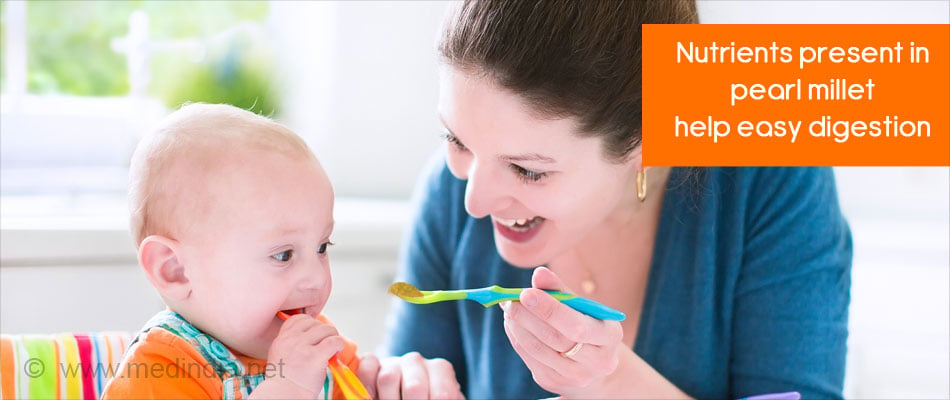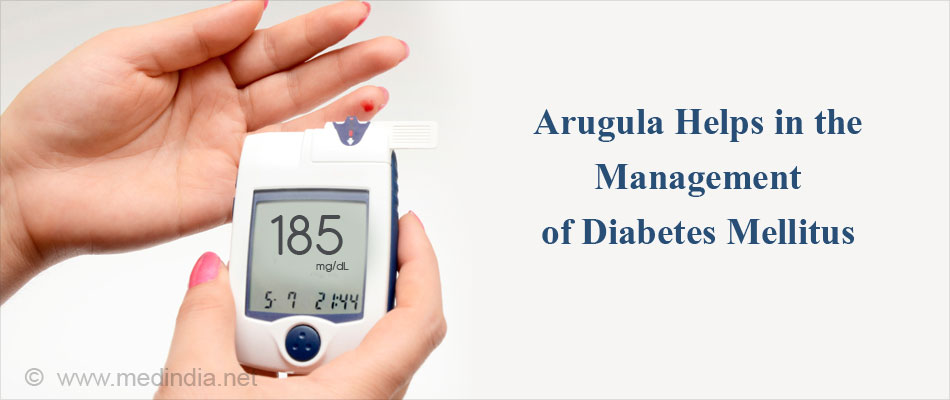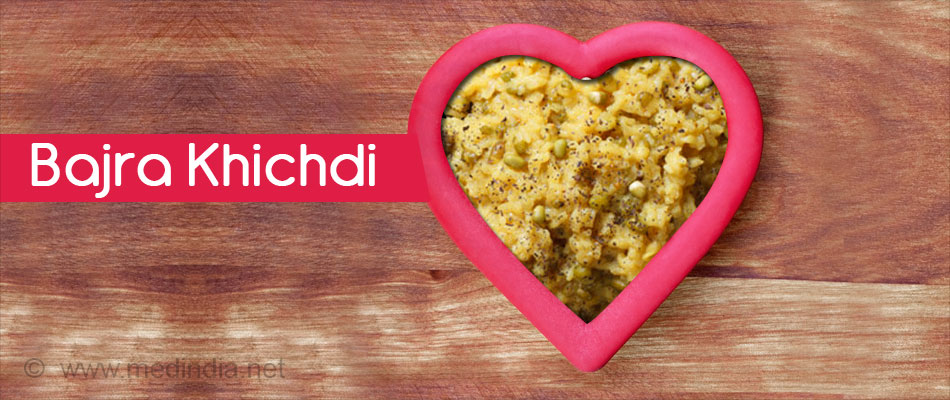- Study finds that more nutritious pearl millet can meet full iron needs of children - (http://a4nh.cgiar.org/2013/08/13/study-finds-that-more-nutritious-pearl-millet-can-meet-full-iron-needs-of-children/)
- Pennisetum Introduction - (http://archive.gramene.org/species/pennisetum/pearlmillet_intro.html)
- Smart Food Millet Recipes - (http://www.icrisat.org/pdf/food-booklet-millet.pdf)
- Health Benefits of Millet (A Gluten-Free Grain from India) - (http://www.healwithfood.org/health-benefits/millet-grain-gluten-free.php)
- 6 Health Benefits Of Pearl Millet - (http://www.sunsigns.org/6-health-benefits-of-pearl-millet/)
What is Pearl Millet?
Pearl Millet is one of the oldest cultivated crops since pre-historic times and ranks as the sixth most important grain in the world. It is known as Bajra in Hindi, Bengali, Punjabi, Urdu, and Oriya; Kamboo in Tamil and Malyalam; Sajjalu in Telugu, and Bajri in Marathi and Gujarati. It is a cereal crop grown at a very large scale in India.
The seeds or the grains are small, round, and golden yellow. It is usually used for hay, pasture, seed crops, and food. It always grows rapidly and is perfectly adapted for growing in harsh arid climates with drought-prone regions.
Africa and Asia has poor acidic medium of soil, which is usually highly unsuitable for wheat, rice, maize, sorghum, and barley. Pearl millet grows better than other cereals. In India, pearl Millet is commonly used as a major cereal in the states of Rajasthan, Maharashtra, Gujarat, Haryana, and Uttar Pradesh.
Nutritional Importance of Pearl Millet?
Gluten-free
Wheat is the most abundantly consumed cereal in the world along with rice and corn, but it contains gluten, which is a protein that causes gastrointestinal problems like bloating, flatulence, and irritable bowel syndrome. On the contrary, pearl millet is gluten-free and is most commonly used as a substitute for people with gluten allergy.
Enriched with Vital Nutrients
It contains most of the Vitamin-B and is rich in other minerals such as iron, magnesium, calcium, phosphorus, manganese, potassium, copper, zinc, and chromium. It is known to have the highest levels of potassium, calcium, and iron amongst other cereal crops. It is second to barley as far as magnesium and zinc content is concerned. In addition, pearl millet is the only grain to contain significant levels of chromium. It has the highest folic acid amongst all the cereals, which makes it the diet of choice for pregnant women.
Best Plant-Based Protein Source
You must add pearl millet to your diet, if you are looking for a plant-based source of protein as it contains approximately 14% protein, thereby becomes the best source of protein among common millet varieties. However, it is not considered a complete protein because it does not contain adequate amounts of the amino acid lysine. Hence, you must eat pearl millet with lysine-rich foods such as beans, cheese, tofu or eggs and it will make your overall meal into a complete source of protein.
Rich in Antioxidants
Antioxidants kill the free radicals that cause damage to the body at cellular level and the damage is associated with many diseases and disorders. Since pearl millets are a rich source of antioxidants, their consumption offers a great deal of protection against free radical mediated diseases such as cancer, arthritis, cardiovascular disease, diabetes and Alzheimer's disease.
Perfect Food for Babies
Millet is an excellent food for the babies from six months of age. It is easily digestible and also has a lot of nutrients. Until one year of age, babies could be fed with millets after it is powdered and made into porridge. After one year of age, the child starts to eat solid food and can be fed with flat breads made with pearl millet.

Health Benefits of Pearl Millets
Treats Iron Deficiency Anemia
Pearl millet is a very rich source of iron. Recently, new variants of pearl millet are being conventionally cultivated, which provides a higher level of dietary iron to women. Iron deficiency causes generalized fatigue and impairs mental development as well. It increases both maternal and neonatal mortality rate in obstetric population. It has been found in a study among children under 3-years of age with iron deficiency anemia that, regular consumption of pearl millet met their daily requirement of iron for their physiological demands.
In addition, this iron-rich pearl millet also contained abundant amount of zinc, which is essential for normal growth and development of a strong immune system. Iron deficiency anemia is very common in obstetric population and school going children as they often eat rice and wheat, which is a very poor source of iron. This advocates the regular introduction of pearl millet in diet.
Reduces Blood Sugar Levels
Pearl millet is very effectively used to maintain normal blood sugar levels. It has a high fiber content, which slows down digestion and releases the glucose into the blood at a slower rate, thereby helps to maintain normal blood sugar levels for a comparatively longer duration of time.

Aids in Weight Loss
It has high fiber content and usually takes a longer time for the cereal grain to move out from the stomach to the small intestines. Hence, pearl millet subsides hunger for a longer duration of time, eventually leading to lesser intake of calories, thereby helps to lose weight.
Reduces Cholesterol
Pearl millet contains a chemical, known as phytic acid, which is proposed to increase the cholesterol metabolism, thereby stabilizing the cholesterol level in the body. It also contains the vitamin niacin, which reduces the cholesterol.
Relieves Constipation
The rich fiber content of pearl millet eases the process of digestion and provides a relief from constipation. Children who suffer from chronic constipation must be regularly fed with a small amount of pearl millet. In addition, it reduces the secretion of bile acids and lowers the risk of gall stone formation.
Prevent Insomnia
Regular and moderate consumption of pearl millet relaxes the body, brings in a calm feeling, and fights off insomnia. A light breakfast with pearl millet ensures a stress-free day without headaches.

Other Benefits
Pearl millet is good for lactating mothers. Lactating mothers must include pearl millet in their diet to increase milk production. In addition, pearl millet has three times the amount of calcium, which is present in milk. Thus, the consumption of pearl millet is beneficial for both mother and the babies. Pearl millet is considered to be one of the best home remedies for menstrual cramps along with associated mood swings and irritability.
Recipe using Pearl Millet
The recipes using pearl millet range from breakfast, porridge's to flat breads, chappatis, dosa and even desserts.
Pearl Millet Khichdi
Ingredients:
- Pearl millets - 100 grams
- Beans- 50 grams
- Cumin seeds - 1 teaspoon
- Turmeric powder- 1/4 teaspoon
- Mustard seeds- 1/4 teaspoon
- Salt to taste
- Red chilly powder- 1/2 teaspoon
- Ground nut- 1/2 cup
- Ginger garlic paste- 1 tablespoon
- Chopped onion - 1
- Sesame oil - 2 tablespoon
Preparation:
- Soak pearl millets one hour prior to the cooking.
- Heat sesame seed oil in pan and sauté the onion, groundnuts and ginger garlic paste.
- Add the spices to taste and stir till the mixture is cooked.
- Add pearl millets and beans and water as per the desired consistency. Cook for fifteen minutes and serve hot.

Harmful Effects of Pearl Millet
Pearl millet has goitrogens, these agents might suppress the activity of thyroid gland and cause goiter, which manifests as a noticeable swelling in the front of neck due to the enlargement of thyroid gland. This must not let you keep the health benefits of pearl millet at stake. It might cause goiter only if it is regularly consumed in excess for a longer duration of time. So the bottom line is eat this golden grain, but in moderation.








